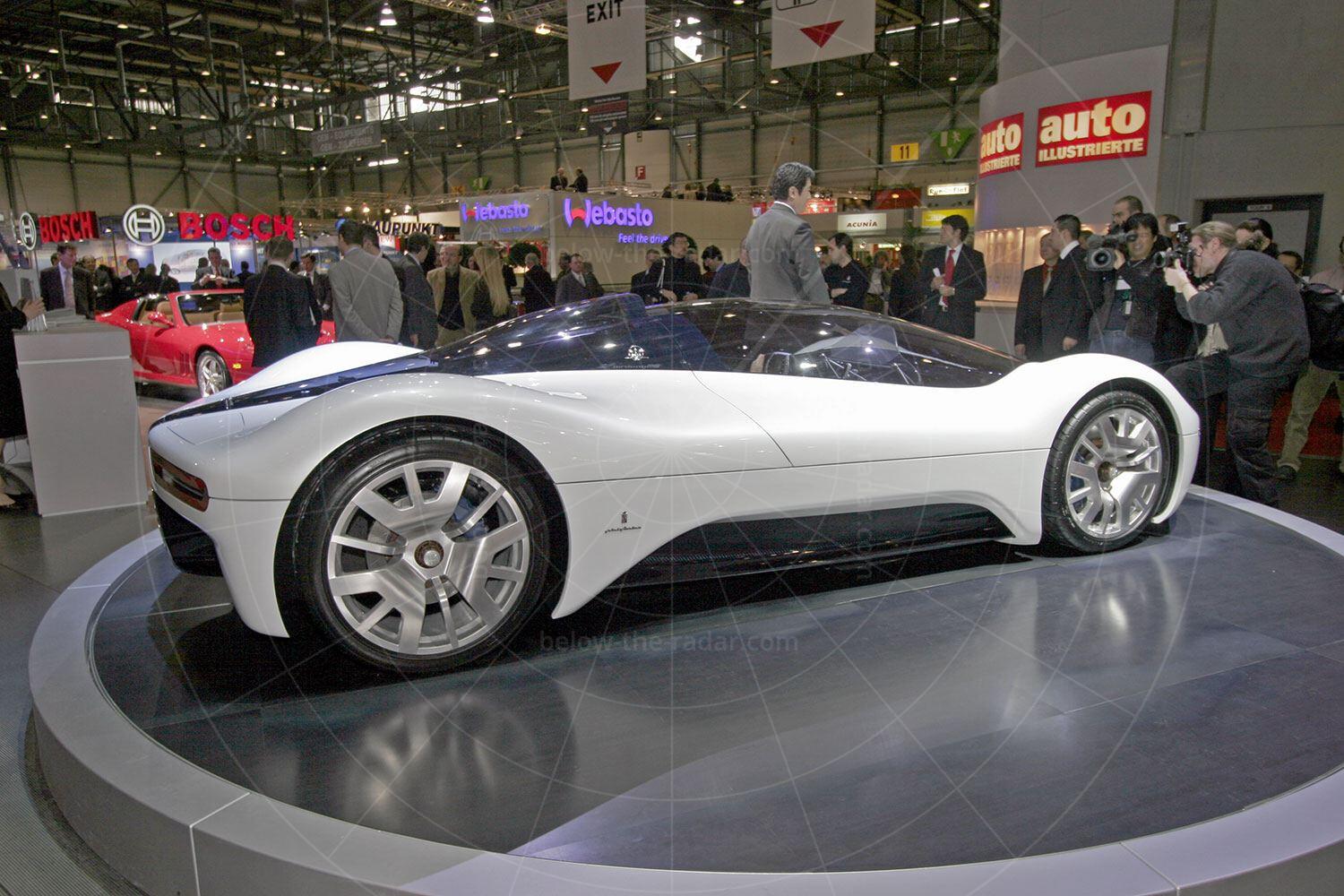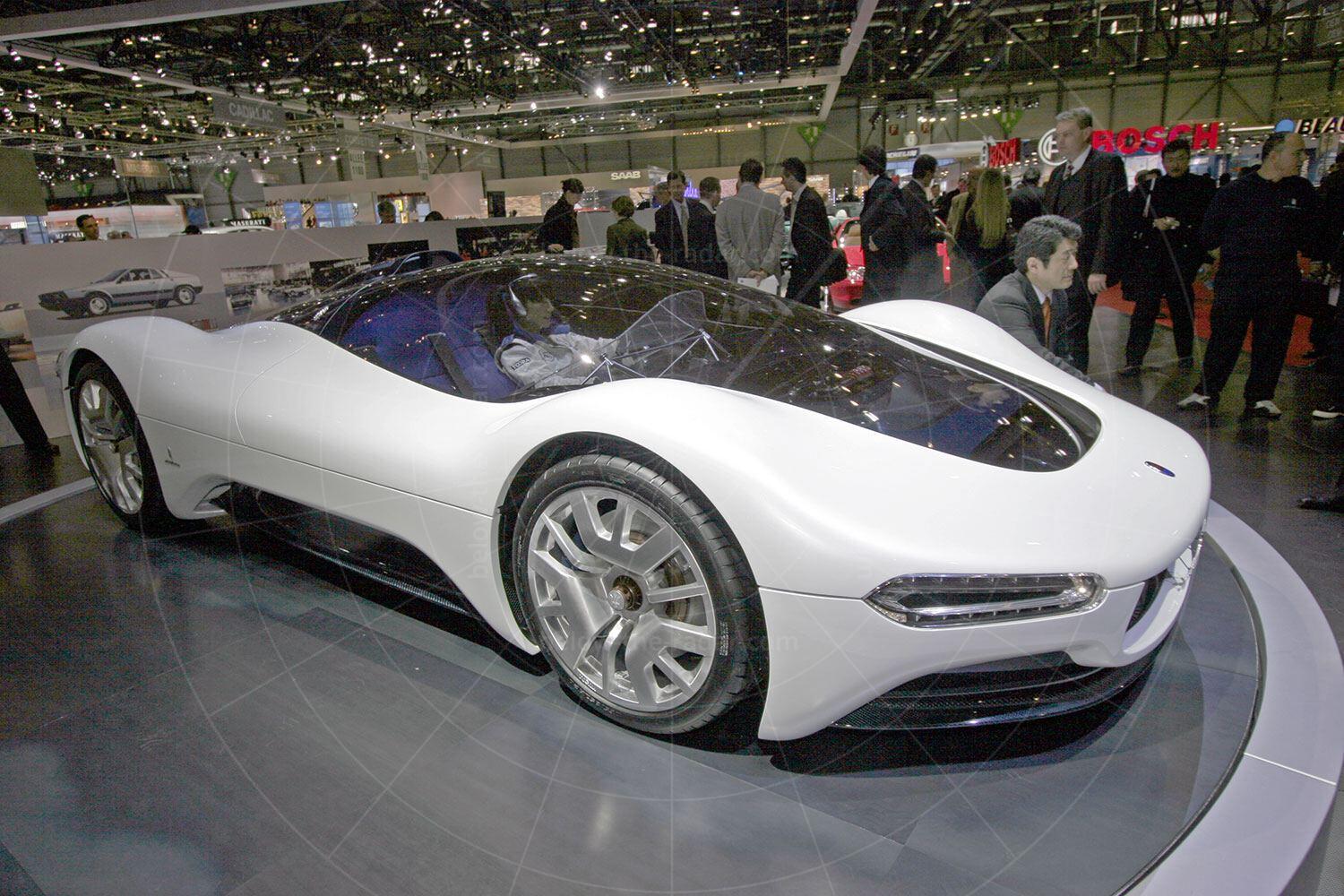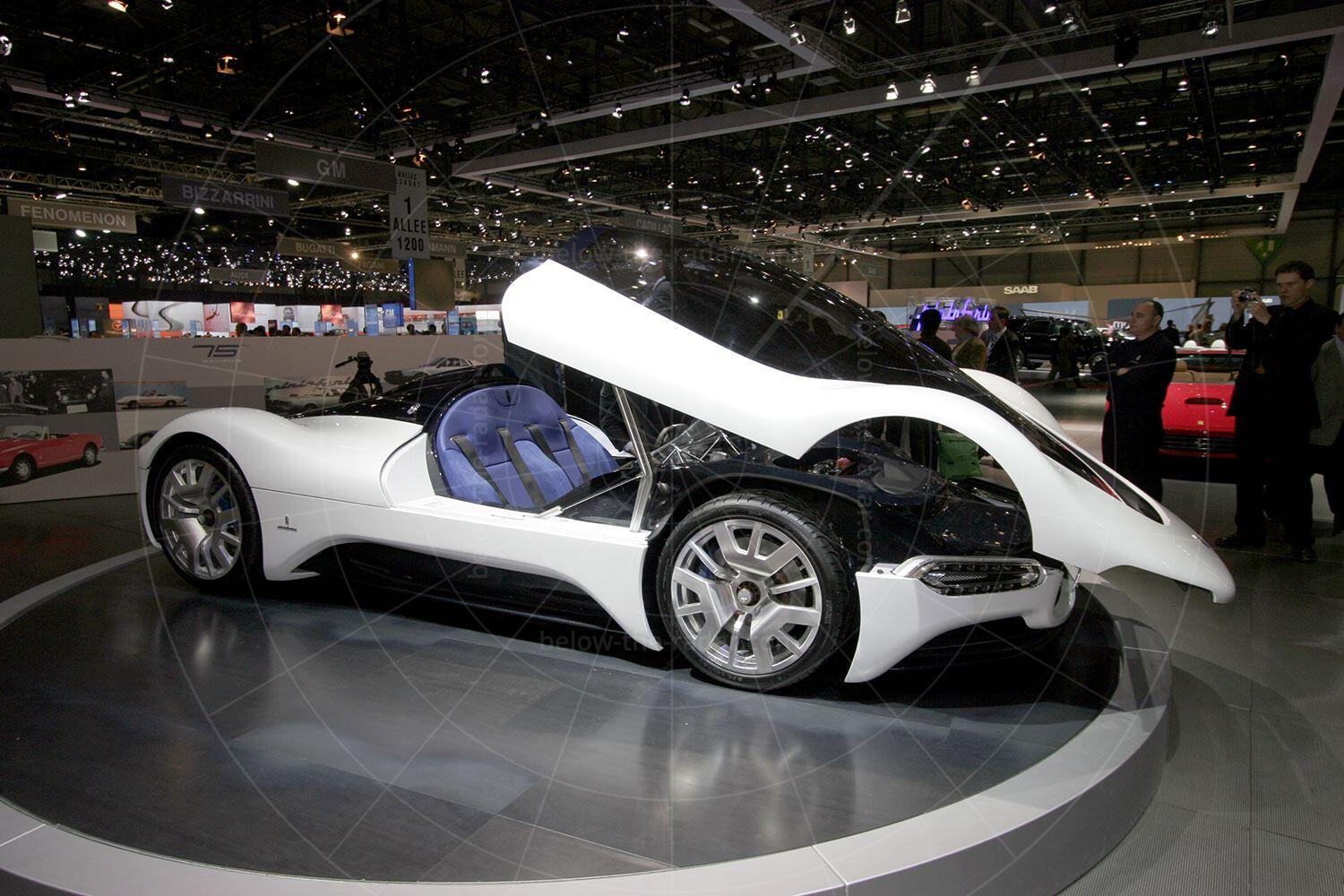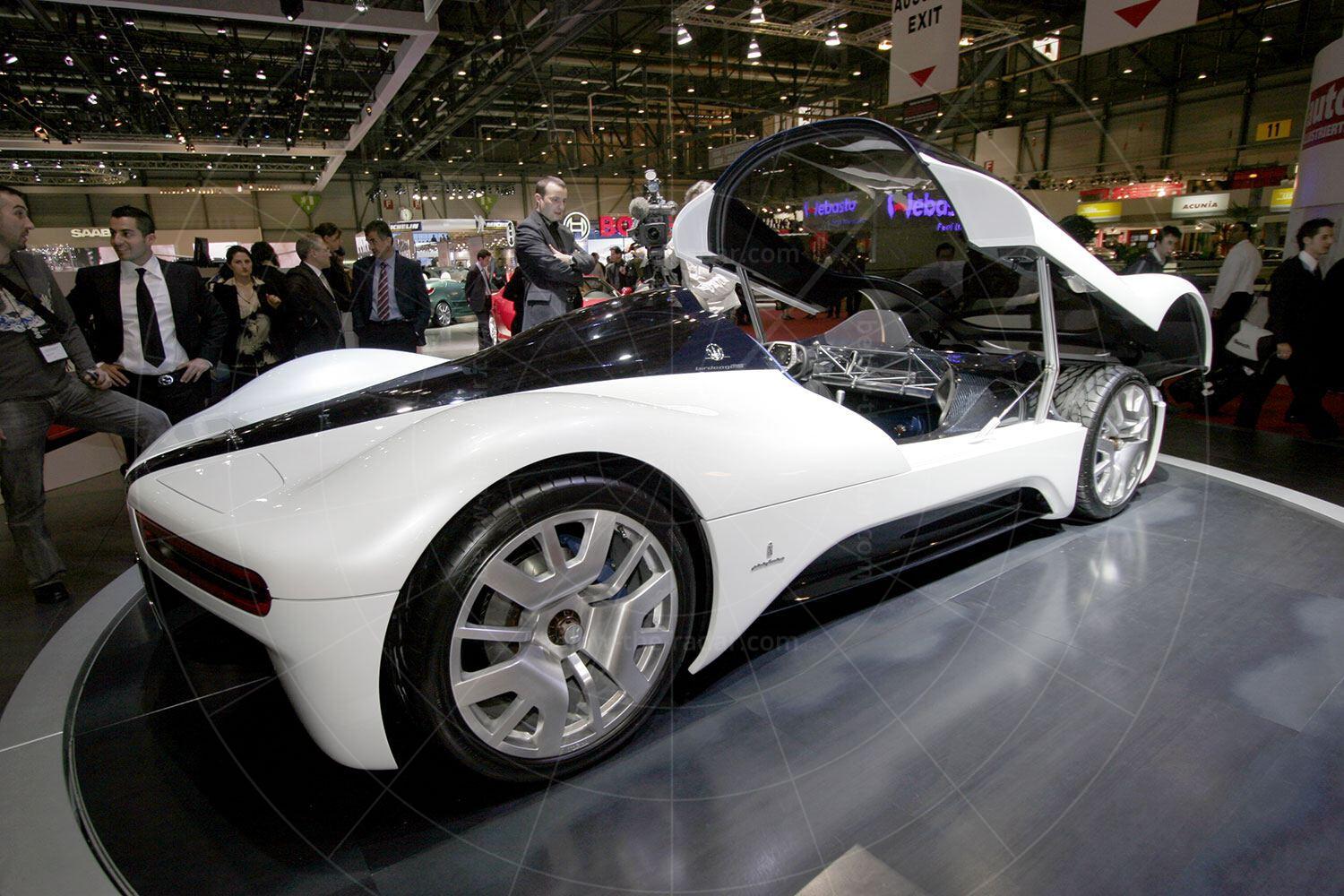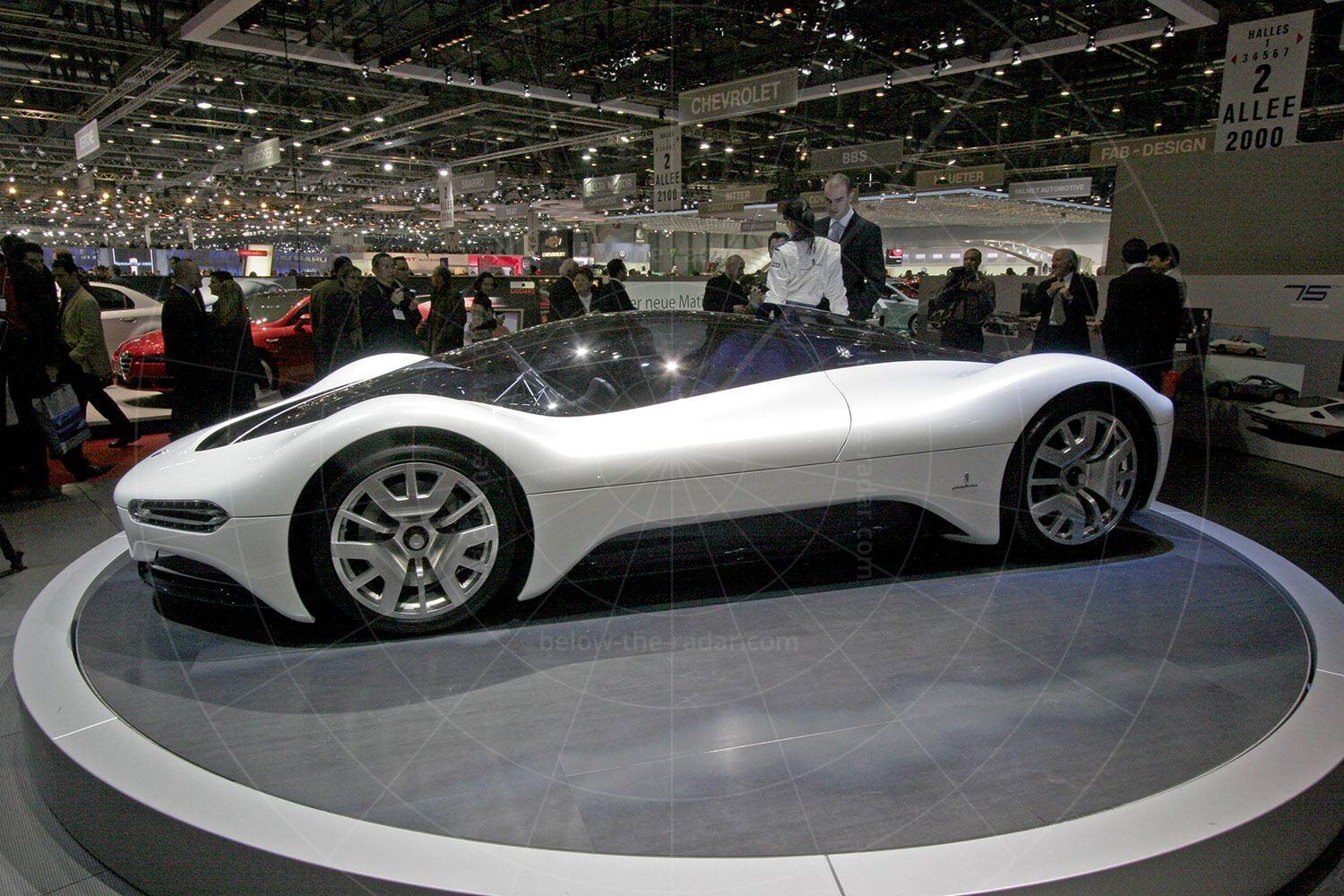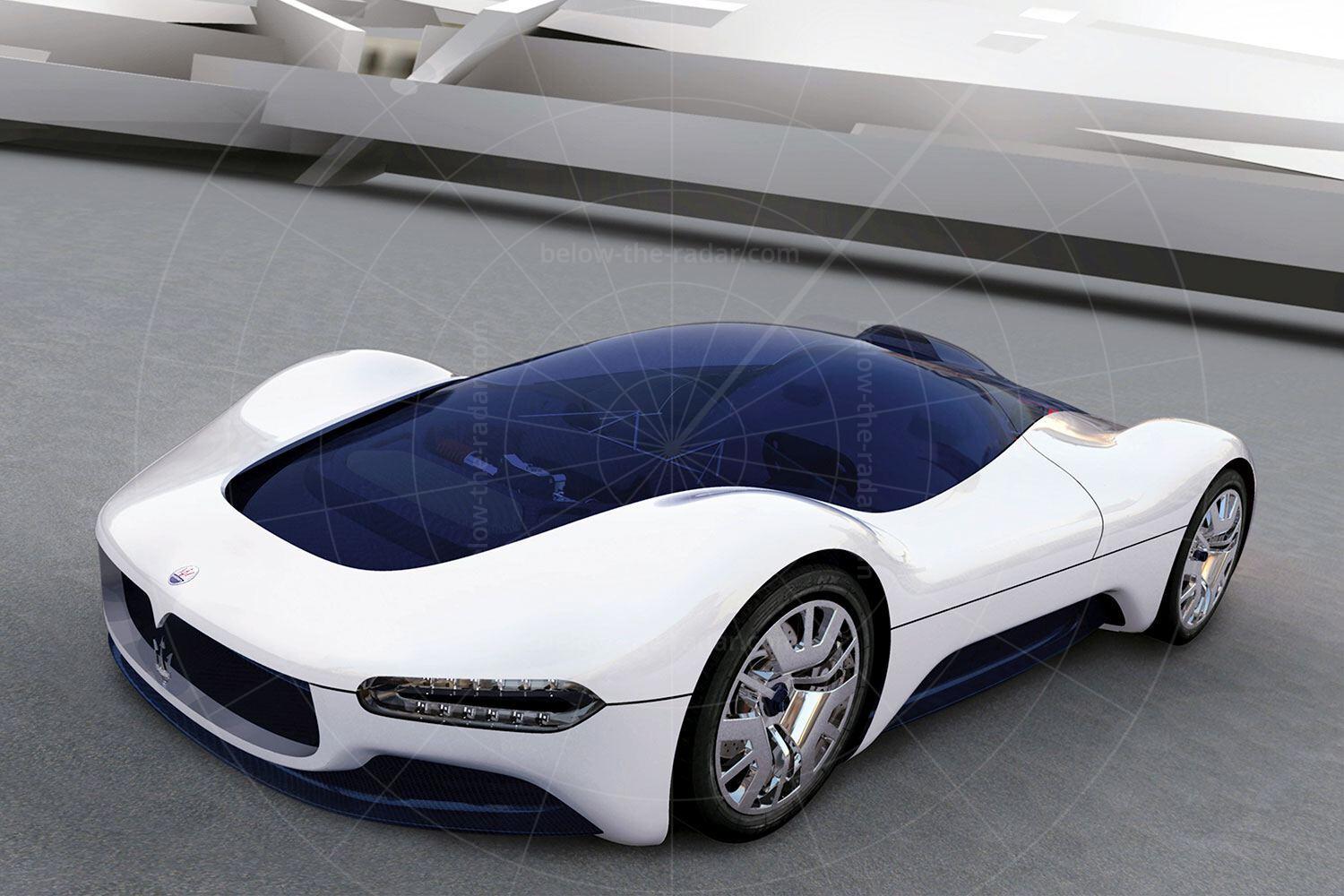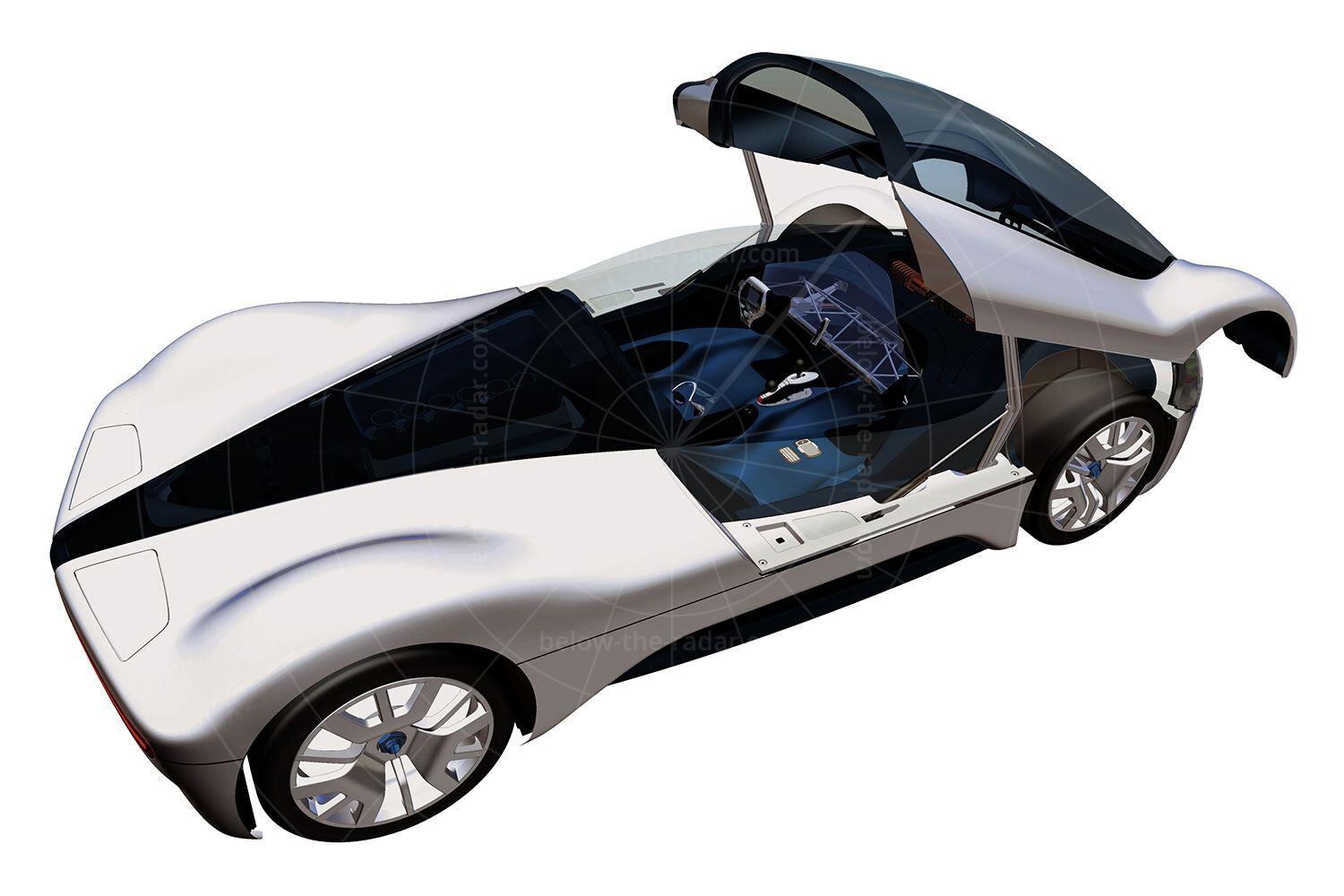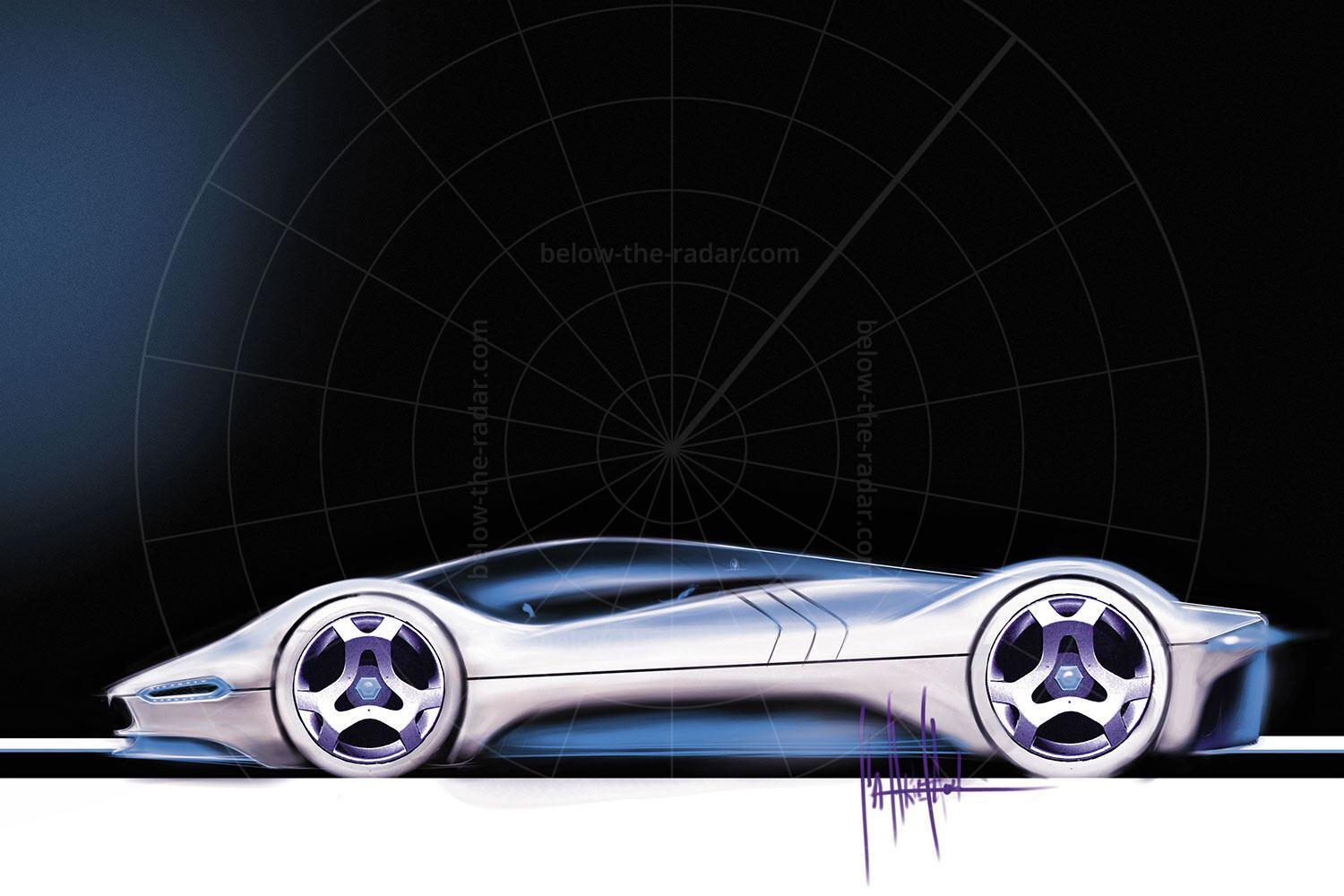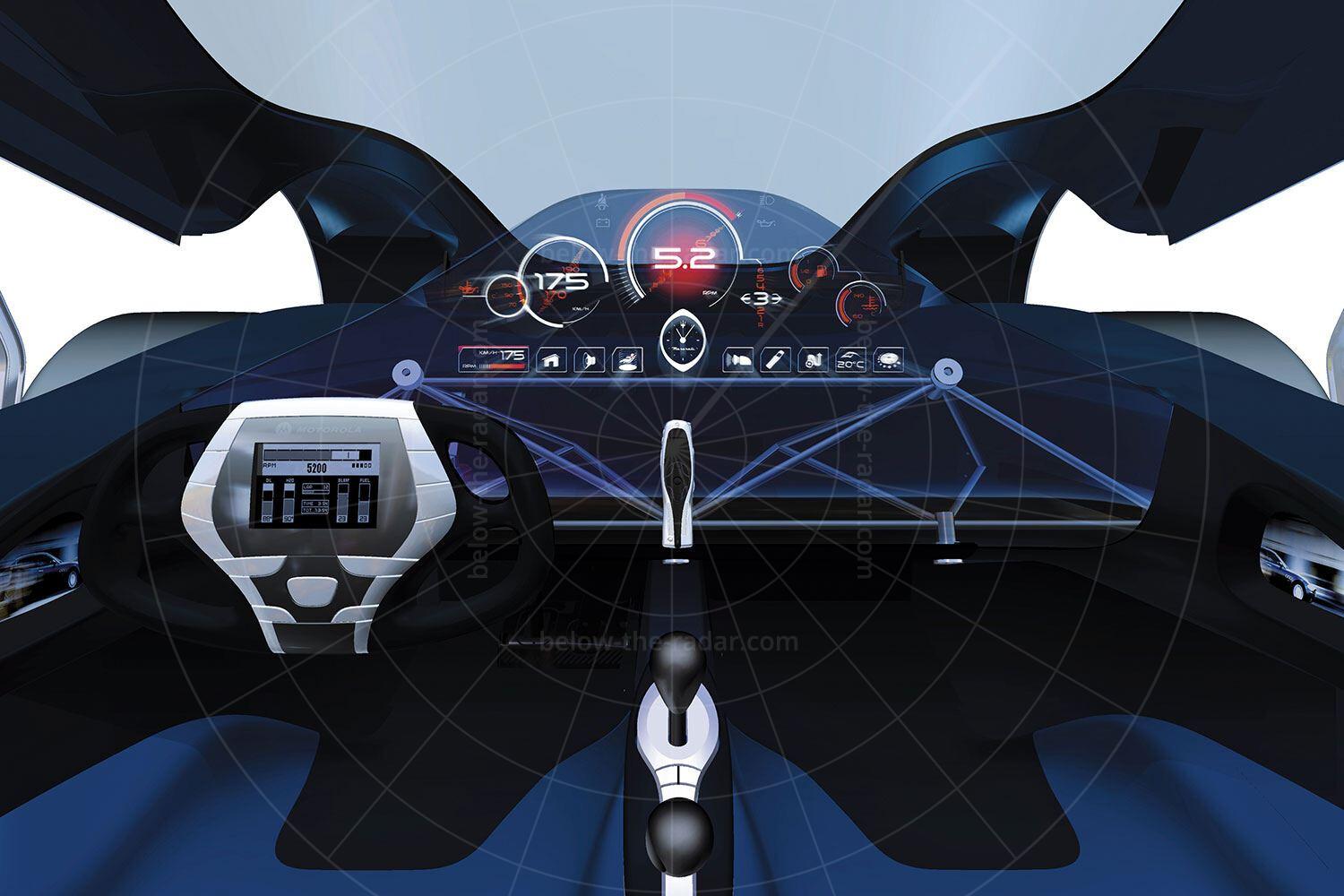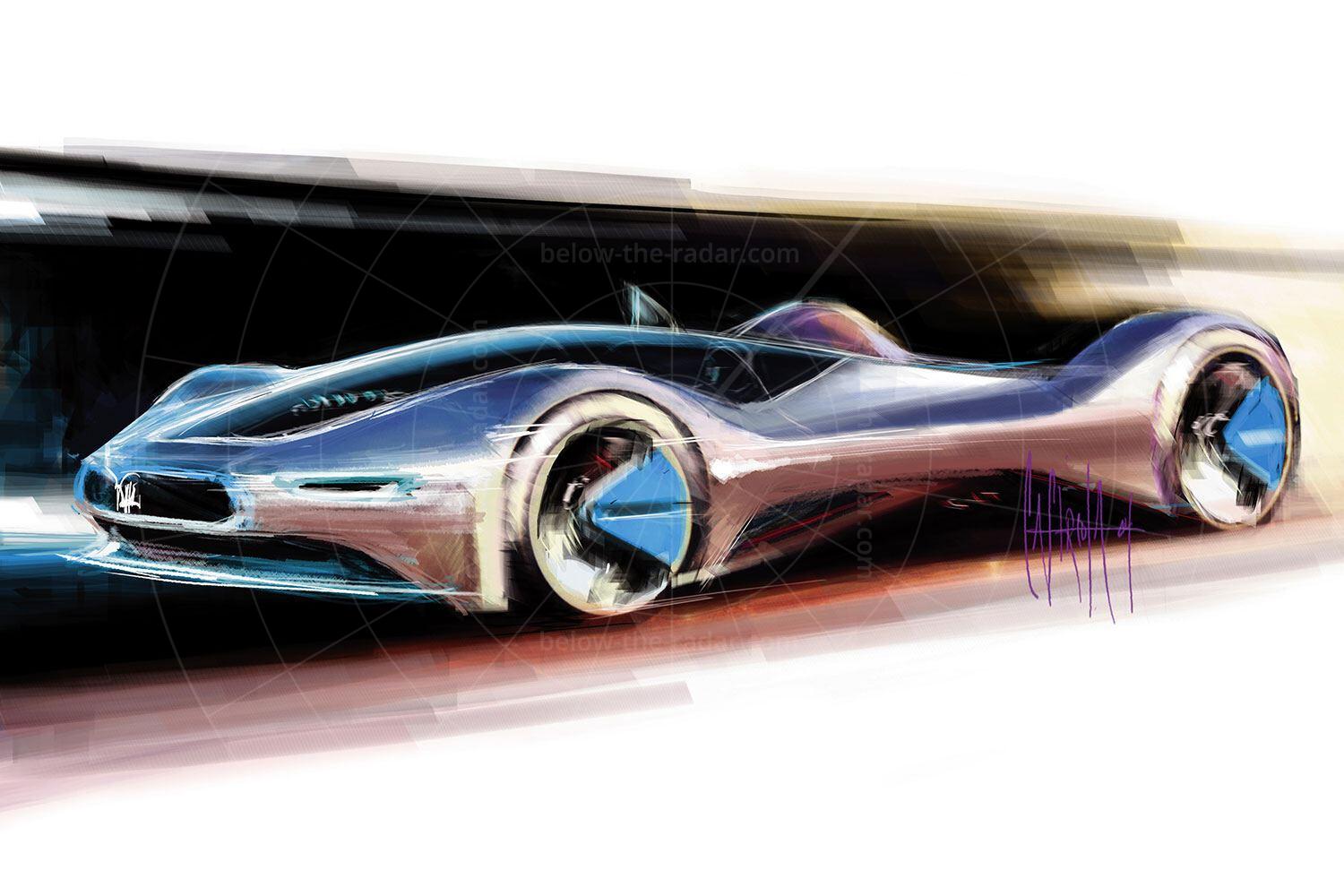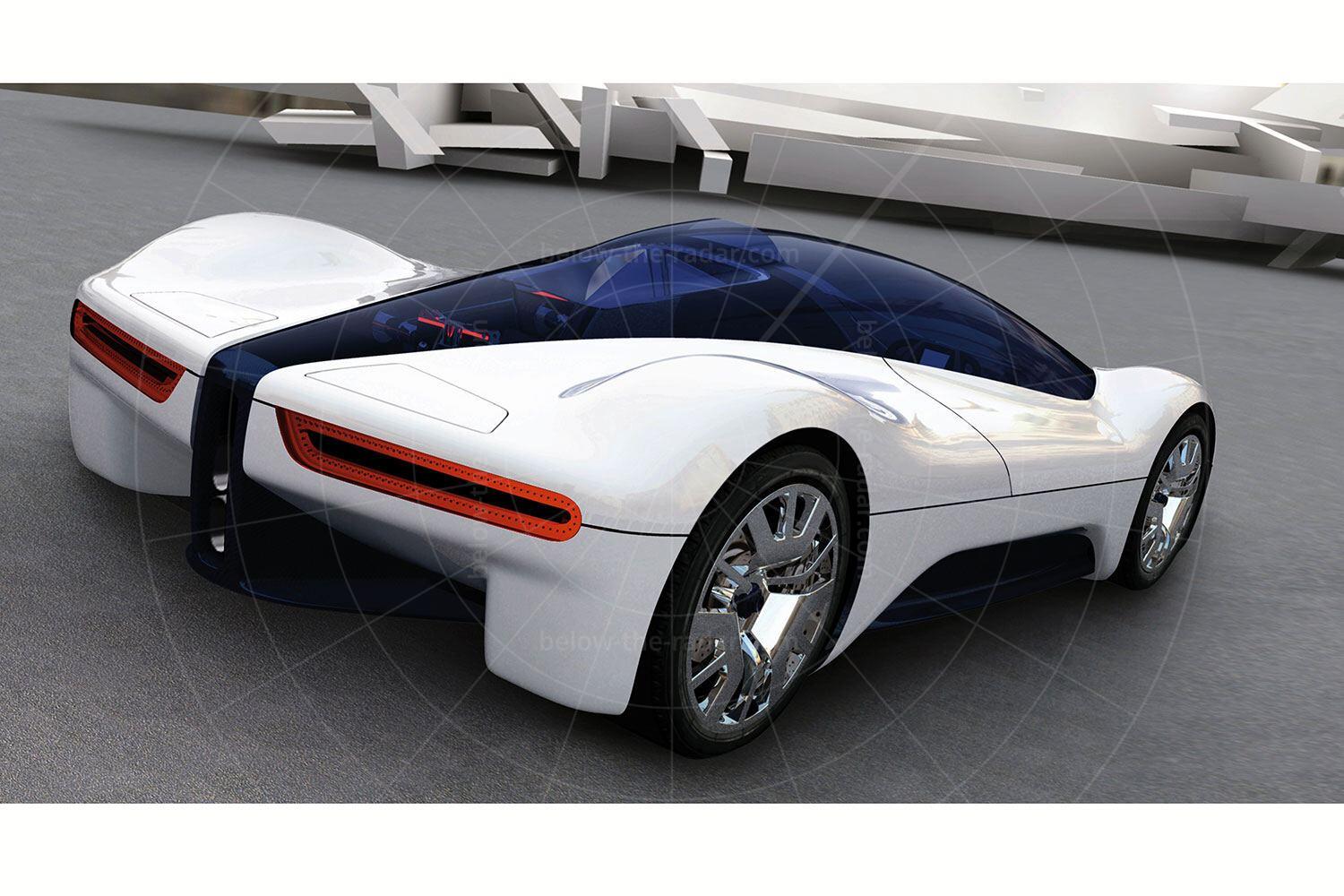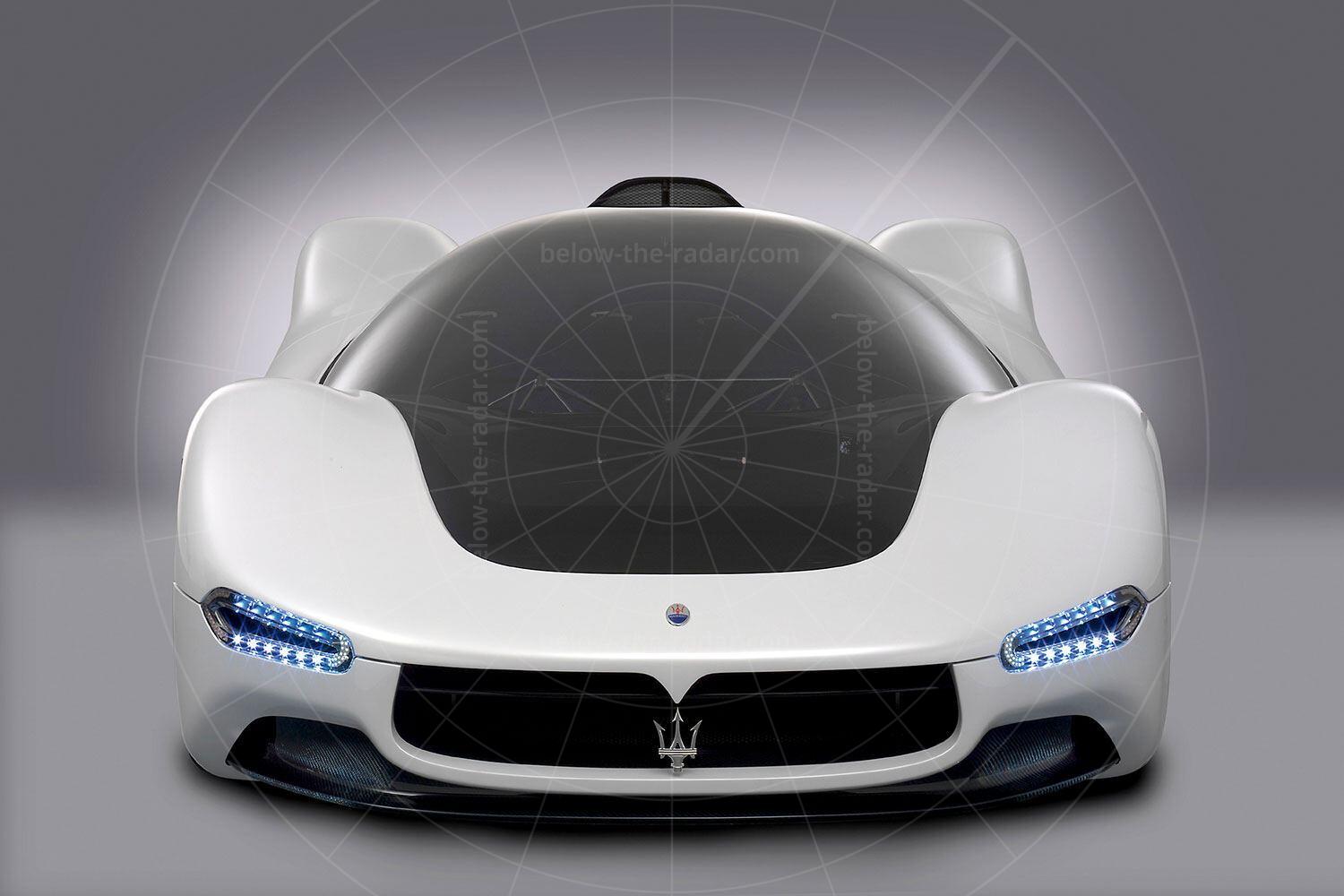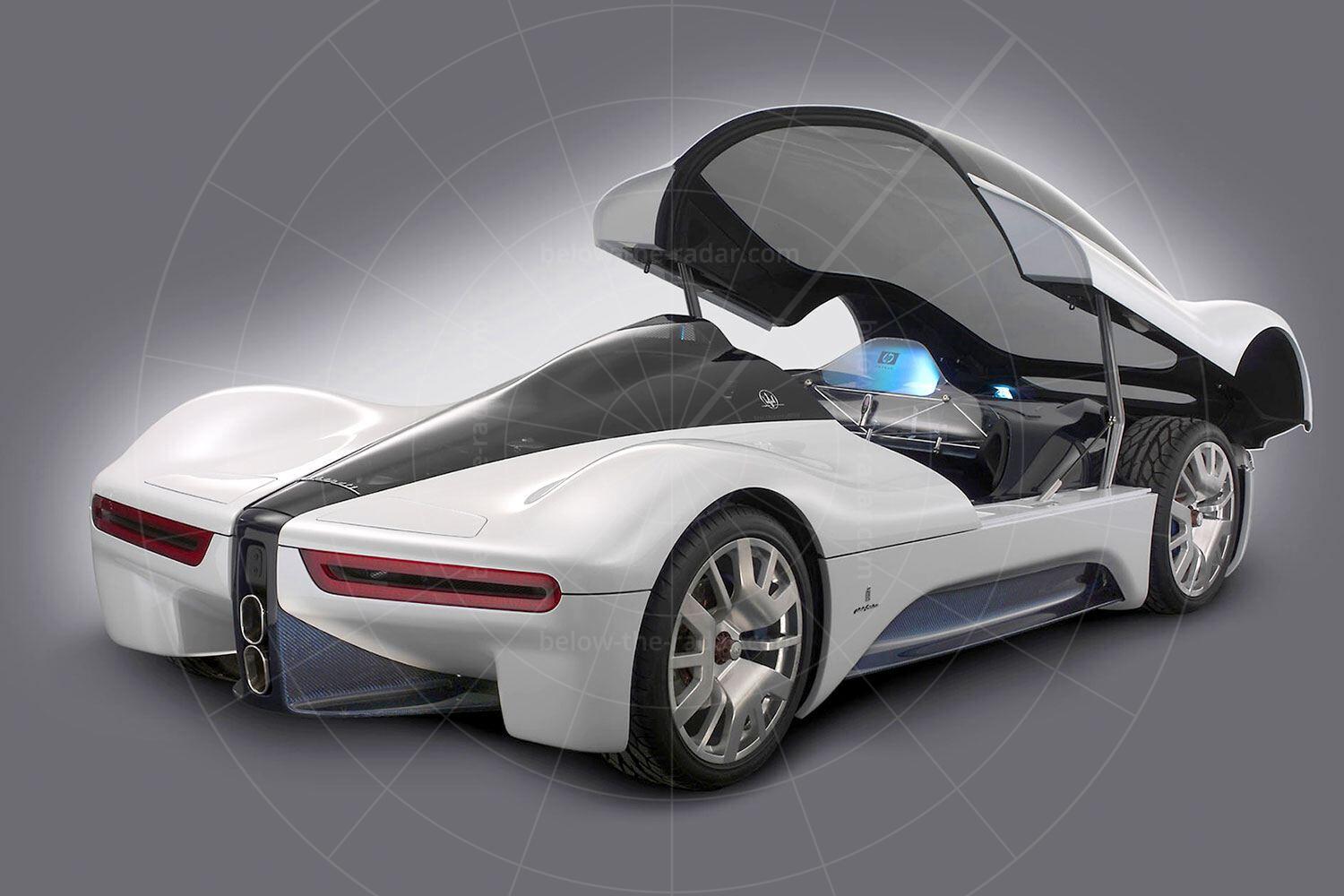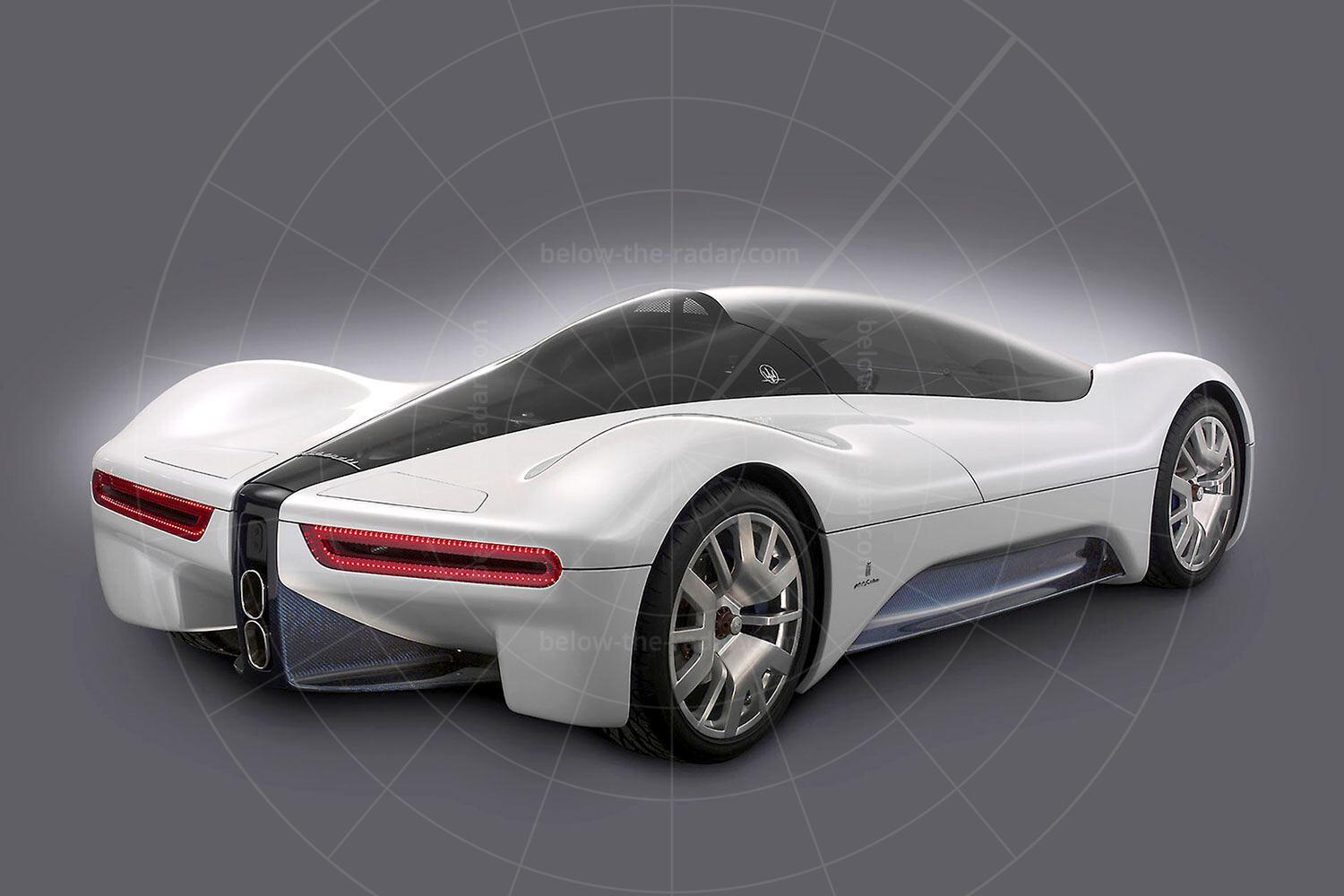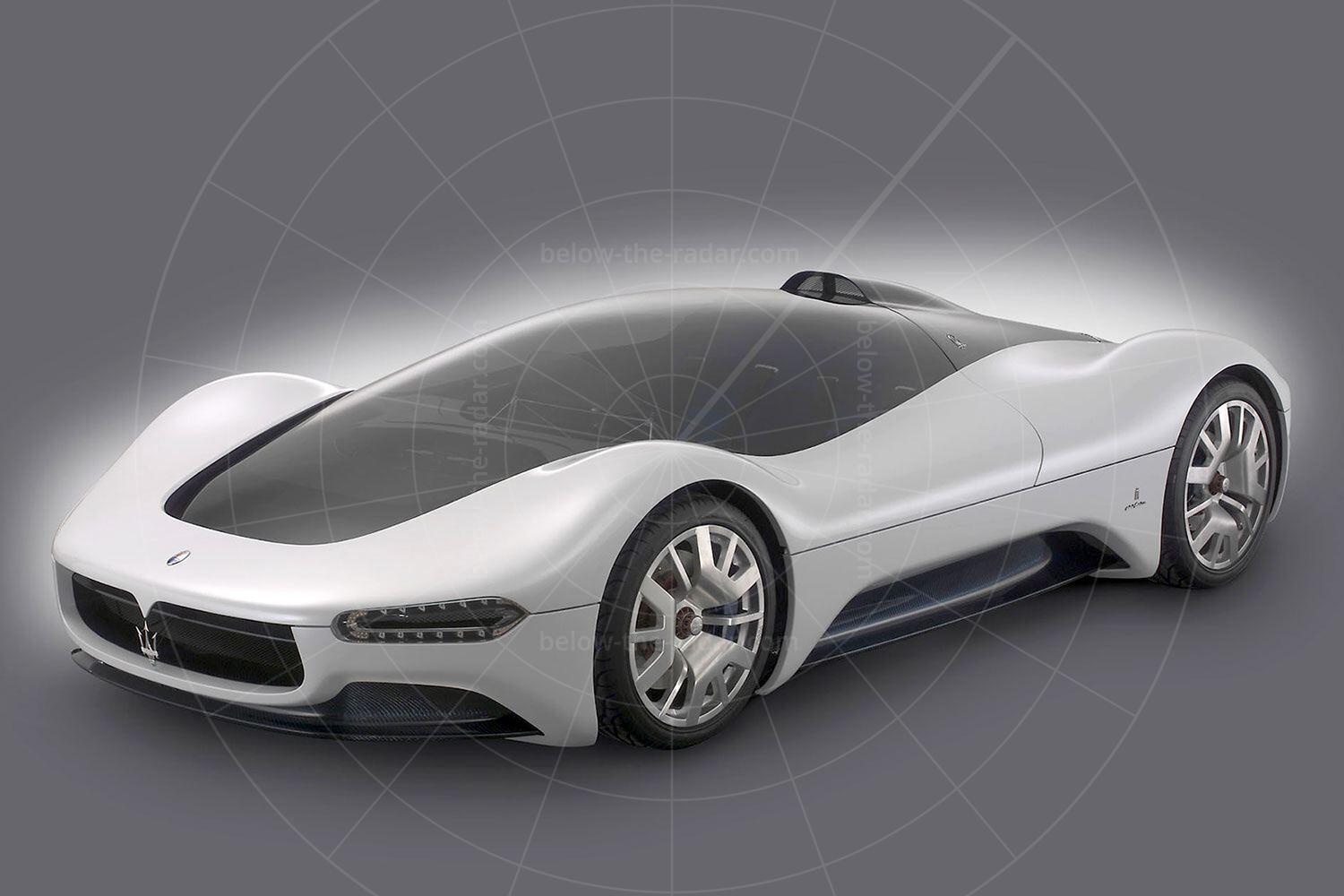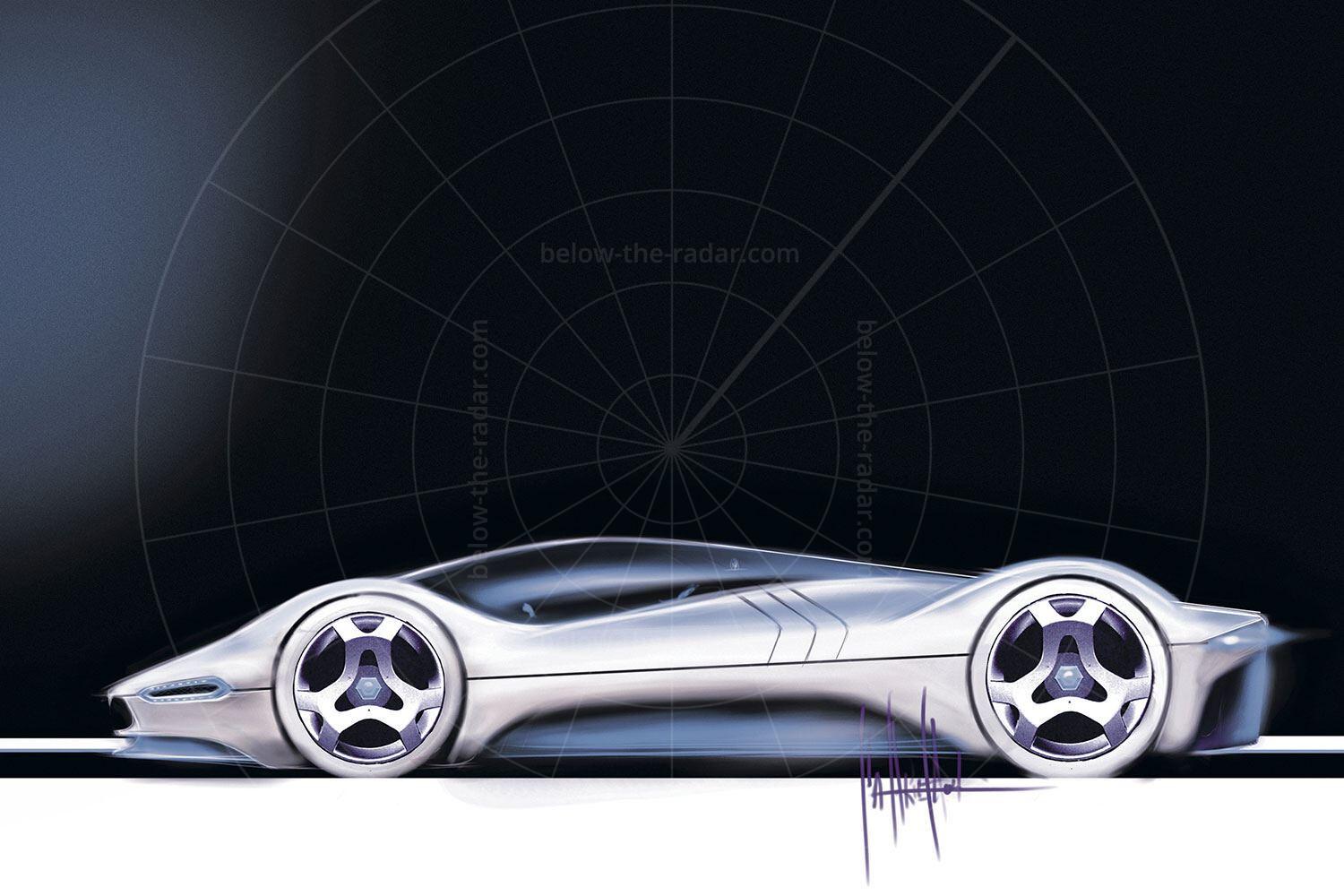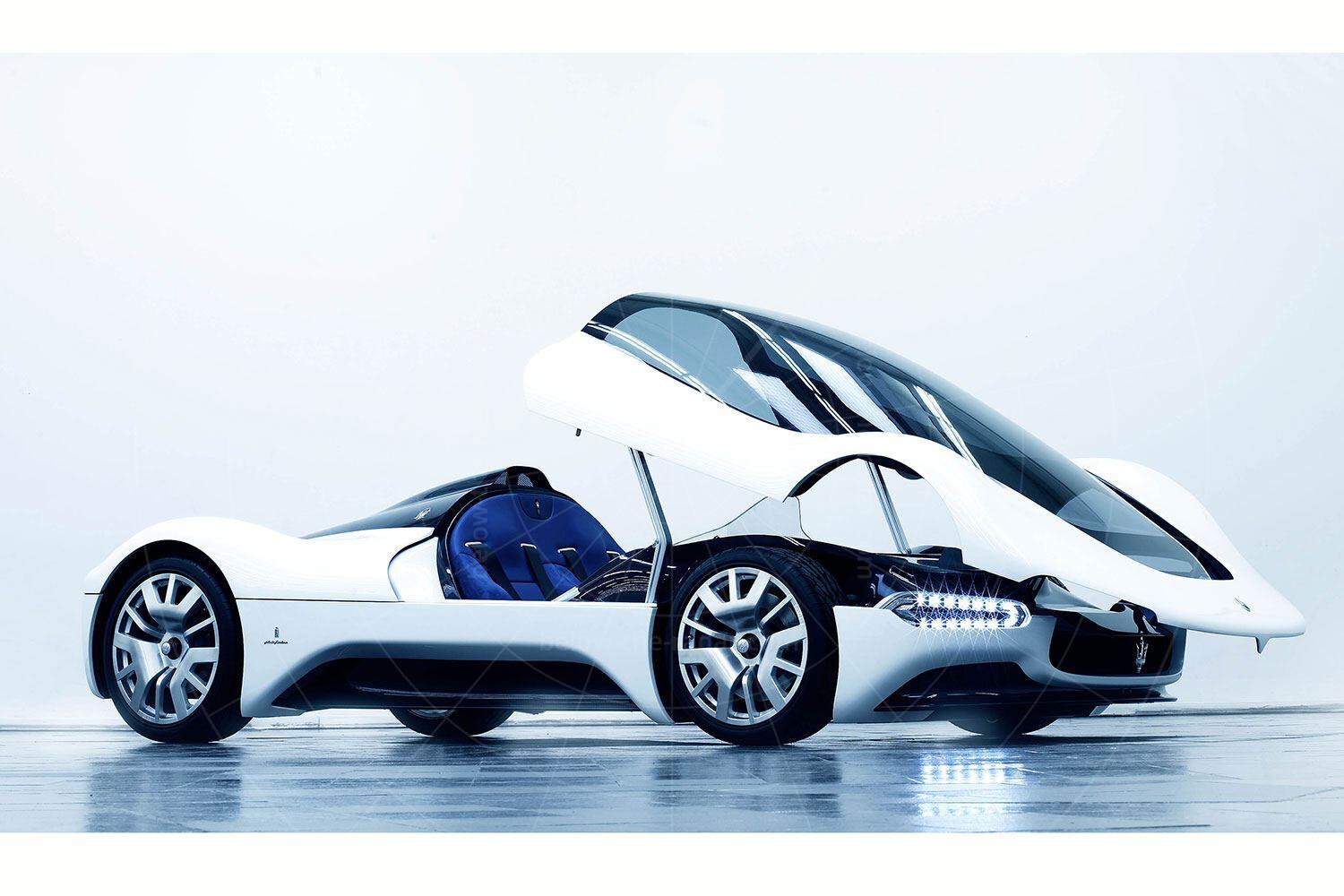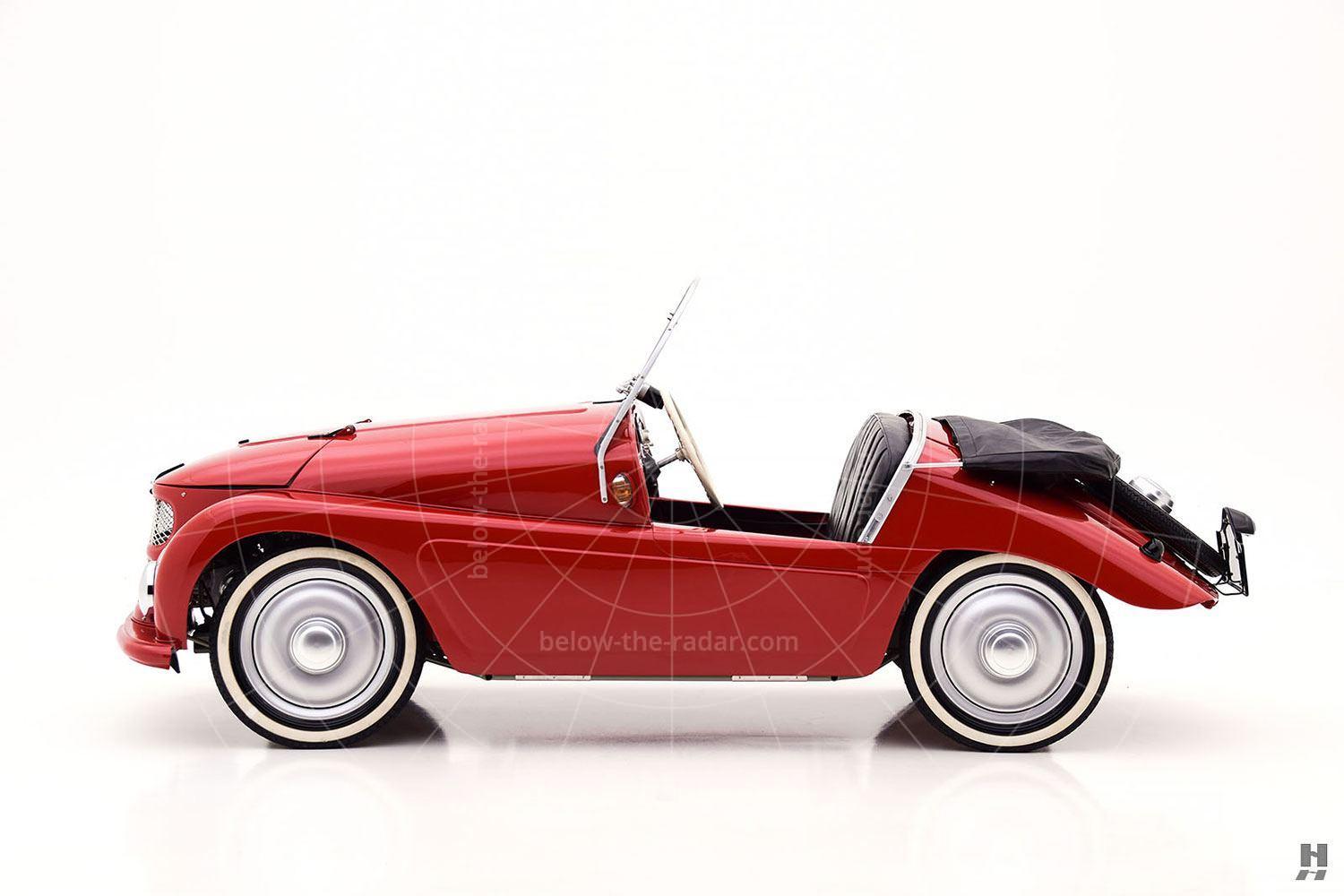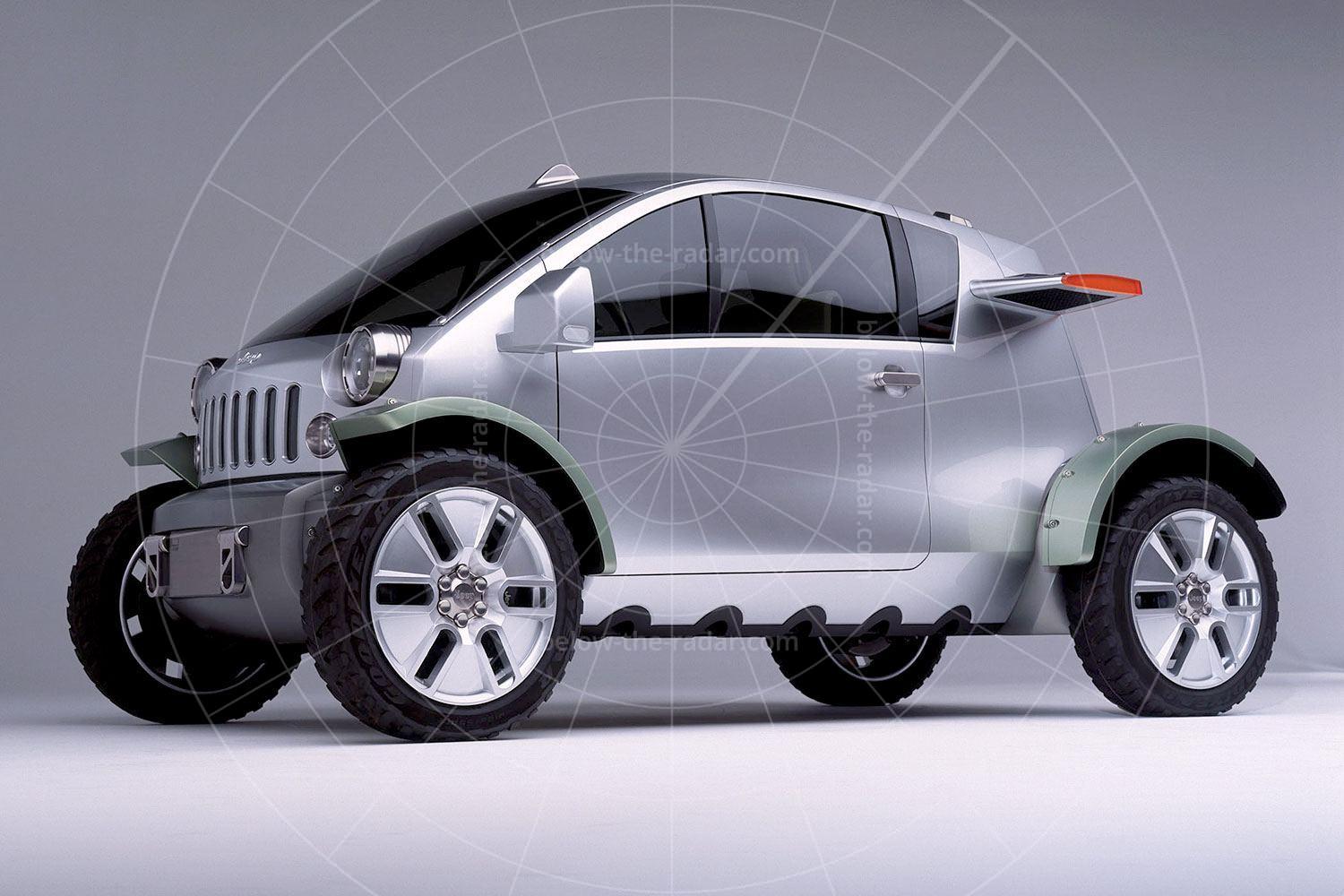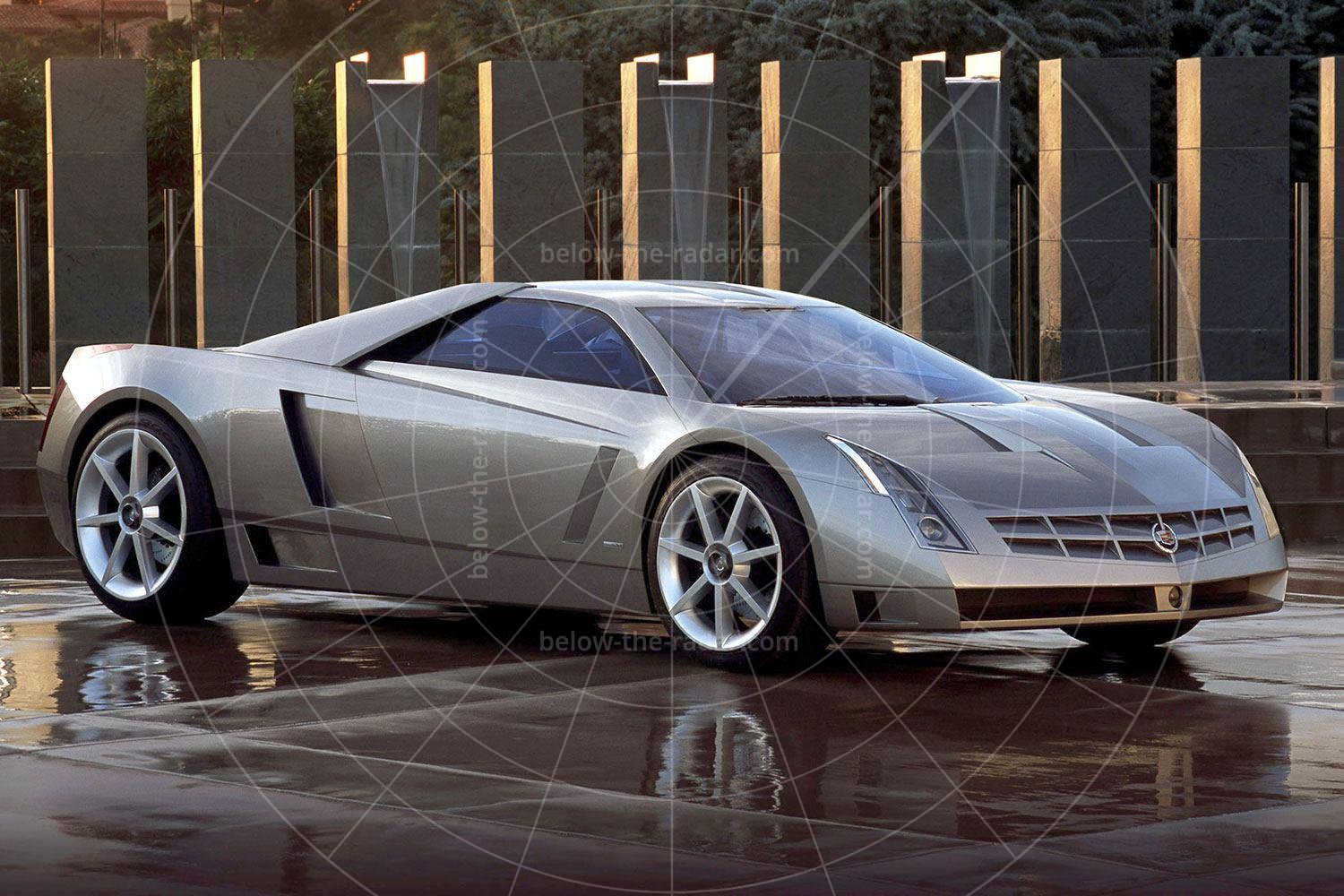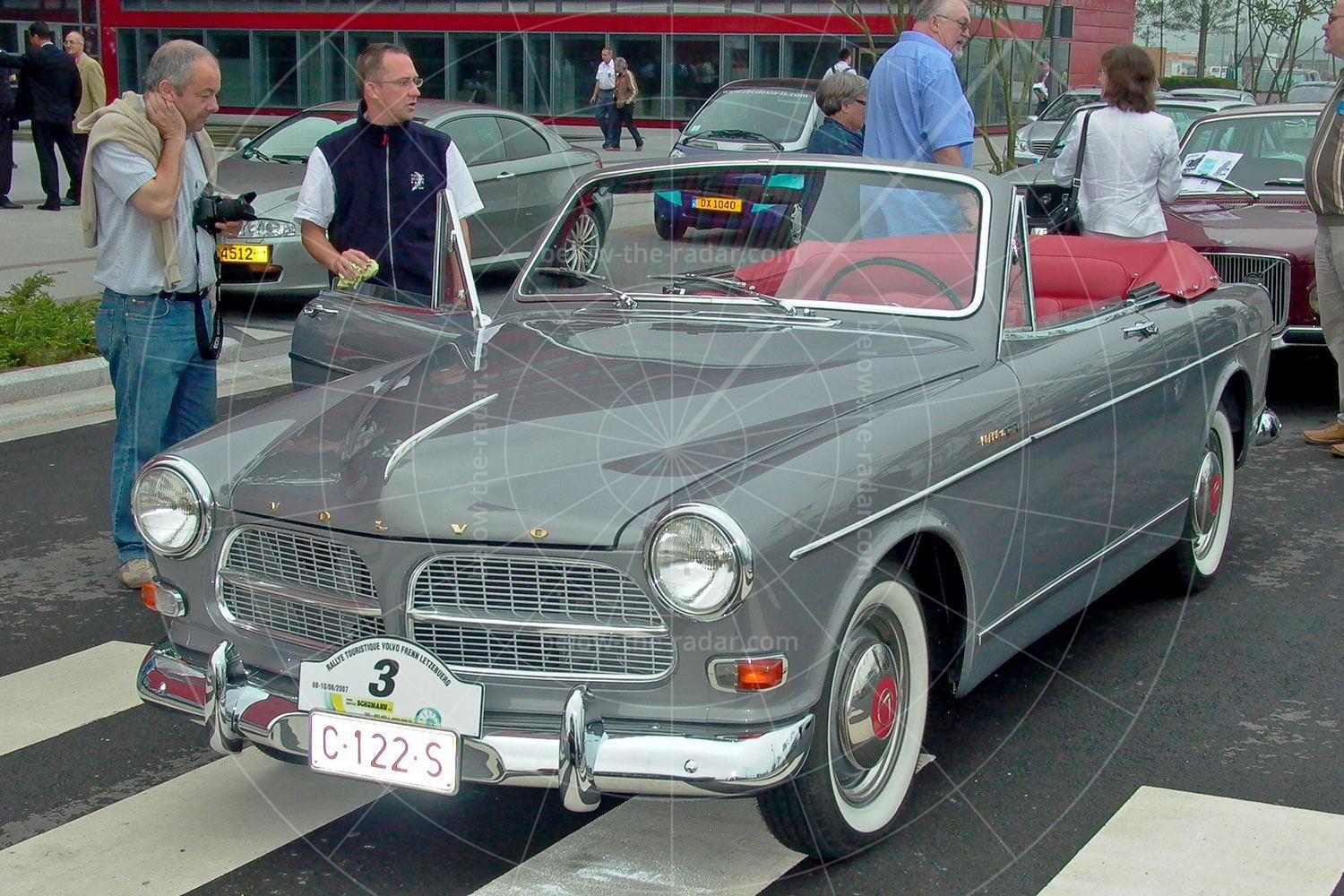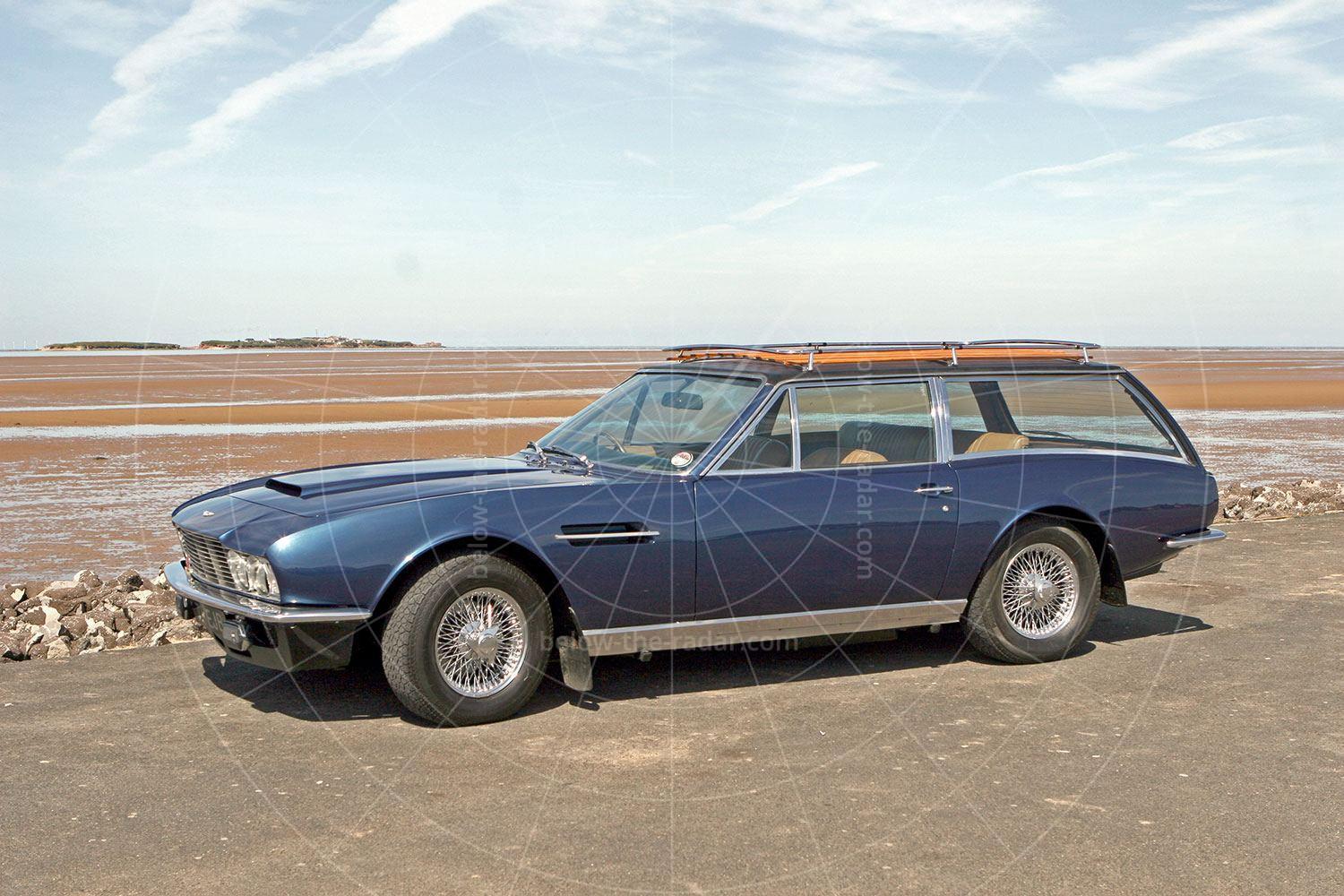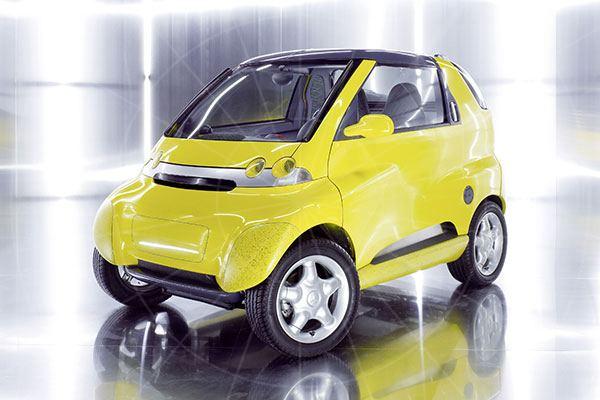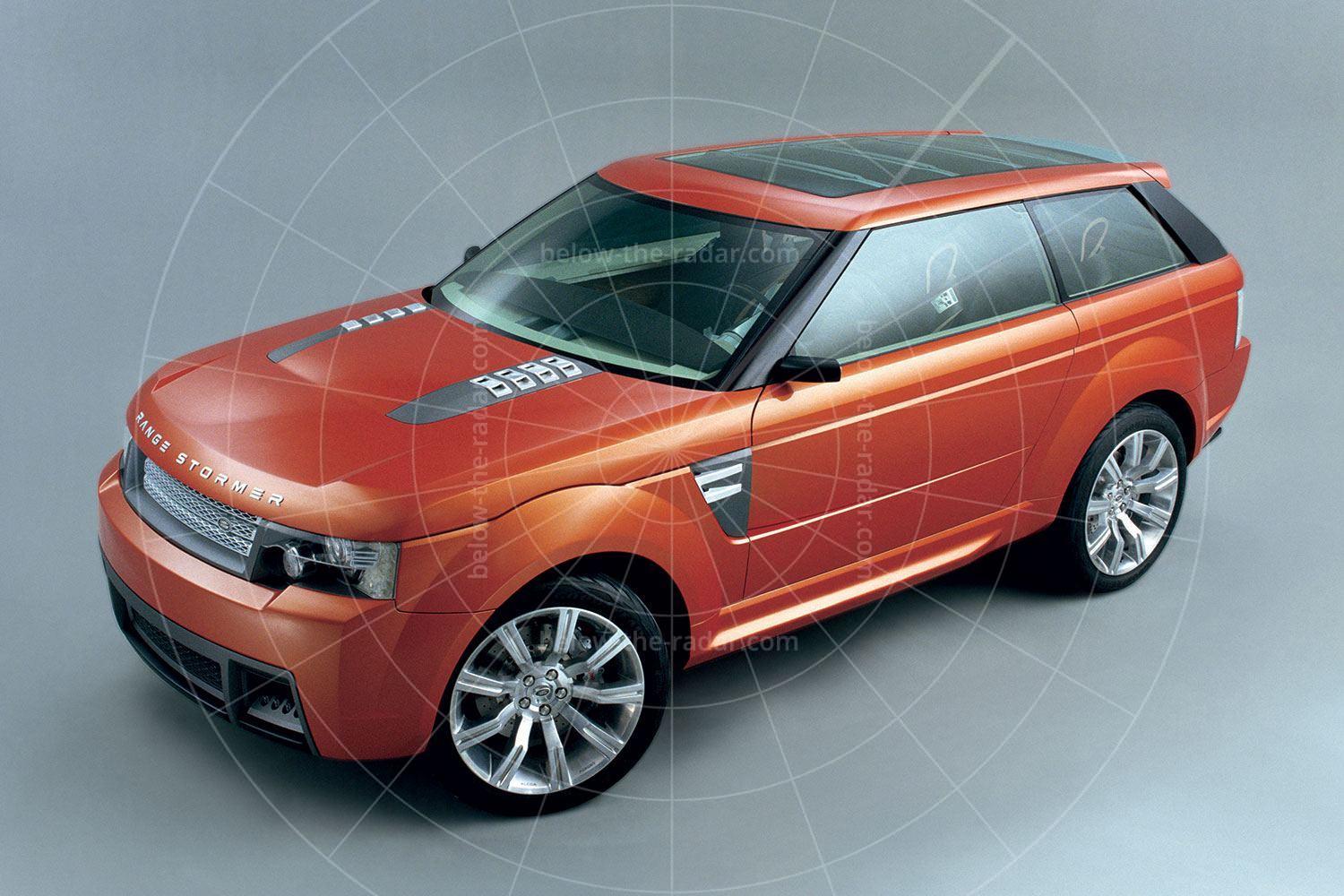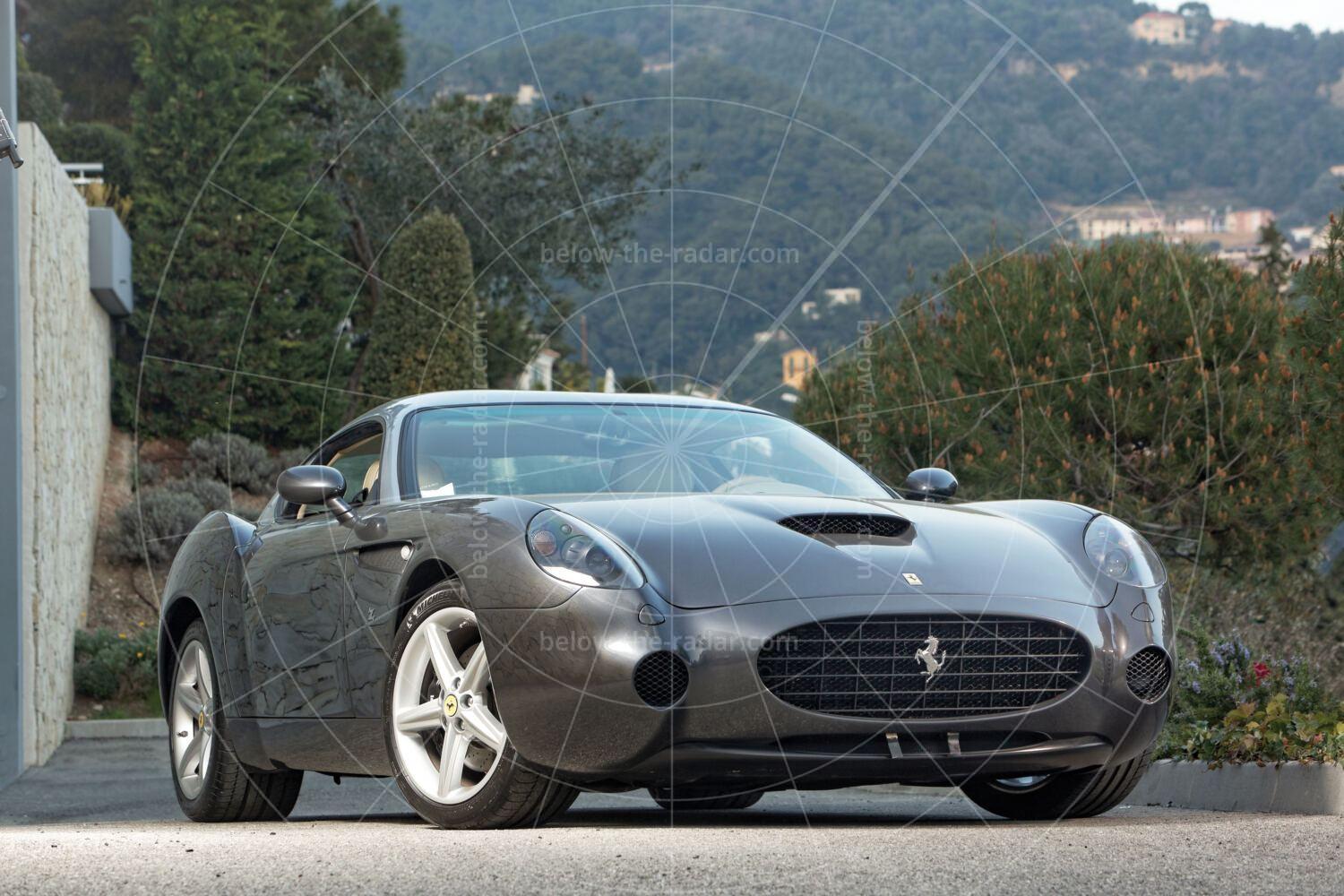Pininfarina has a history of creating jaw-dropping concepts. The Ferrari Dino Berlinetta Speciale of 1965 was the first to be based on then cutting-edge racing car mechanicals; it was followed in 1967 by the Dino Competizione. Most amazing of all though was the Modulo of 1970, which appeared to consist of a single curve above four enclosed wheels; a seminal supercar that arguably lent more to the Birdcage 75th than any of Pininfarina’s previous dream cars.
However, while all of these concepts used Ferraris as their basis, the first competition car-derived Pininfarina special was based on the Maserati A6 GCS of 1954. But while Maserati had a glorious heritage, it was always seen as the poor relation to Ferrari. So to celebrate Pininfarina’s 75th birthday, it decided to do an update of a Maserati milestone; the legendary Tipo 61, or ‘Birdcage’, of 1959.
The result was a Birdcage for the 21st century, except Pininfarina didn’t exactly overdose on the retro design themes, despite the classic name. For starters the original Birdcage was purely a racing car; there was never any roadgoing version offered. Also, while the original was an open car the new one was closed. But most unusually of all, despite taking that hallowed Birdcage name, few styling cues were taken from the 1959 car. Indeed, aside from the heavily pronounced wheelarches there was little to link the new car, visually, to the old.
None of this really mattered though, of course. What really mattered was that the Birdcage 75th was a dream car of the highest order. It was impractical, featured jaw-dropping styling and was powered by a fabulous engine. It was also completely unsuited to production, just like all the best concept cars.
The Birdcage 75th had to be an ultimate – something that would stand out at the Geneva motor show when it was unveiled. That meant some pretty radical mechanicals, so what better than those which normally lived under the ultra-exclusive Maserati MC12, itself derived from the Ferrari Enzo? Using this platform meant there was a 6.0-litre V12 fitted, in the middle for the best possible weight distribution. This sent its power to the rear wheels courtesy of a six-speed sequential manual gearbox that allowed lightning-fast gear changes for maximum acceleration.
With 700bhp to rein in, the Birdcage had to be fitted with some extremely powerful brakes, and sure enough there was a Brembo system installed that comprised of drilled and ventilated discs at each corner. Measuring a monstrous 380mm up front, and 335mm at the rear, there were also alloy callipers which featured six pistons at the front and four at the back. And to help get the power down there was an equally impressive suspension system; using race car technology there were push-rods at each end along with single-calibrated shock absorbers and co-axial coil springs.
More interesting though were the high-tech information and communication systems integrated within the Birdcage 75th’s cabin. Developed by Motorola, the tech carried the tag seamless mobility. Its purpose was to allow users to access information on the move while also communicating with friends and family. As such there was an in-built phone, wireless internet, text pager plus a two-way radio. The cabin of the Birdcage 75th wasn’t the place to be if you wanted to remain incommunicado.
The Birdcage 75th was – to a degree – more about form than function. However, there is a theory which says that the two are inextricably linked, and that could certainly be argued in this case. That’s because while the Birdcage 75th’s design was based around aerodynamic and packaging efficiency, it also had to offer a degree of usability – although not that much.
Pininfarina started by taking the Maserati MC12’s rolling chassis and working out how it could be clothed as tightly as possible. That meant as low a roof line as practicable, while using teardrop and inverted wing forms, for high-speed stability with minimal drag. The end result was a car which sat little more than a metre off the ground – something which was further accentuated by the massive wheels which measured 20 inches in diameter at the front and 22 inches at the back.
To further aid high-speed stability, the whole of the back of the Birdcage 75th was dominated by a massive diffuser, while there were also adjustable fins in the sills. To help reduce the height of the car front and rear, LED lighting was used, something that was far more compact than conventional halogen illumination.
It was arguably from above though that the Birdcage 75th looked the most impressive, as glass ran for virtually the whole of the car’s length. At the front this constituted the canopy, while at the rear it helped to showcase the magnificent V12.
If the Birdcage 75th’s exterior looked amazing, the cabin was no less jaw-dropping with its futuristic design and luxurious Alcantara finish. A head-up display was the centrepiece, which was effectively a virtual dashboard projected below the windscreen, while the key information usually displayed in dial form on the dash was instead produced in digital form on the steering wheel. Which in 1959 would have seemed like something from another planet.
| Vitals statistics | |
|---|---|
| Debut | Geneva 2005 |
| Engine | Mid-mounted, 5998cc, V12 |
| Transmission | 6-speed sequential manual, rear-wheel drive |
| Power | 700bhp |

